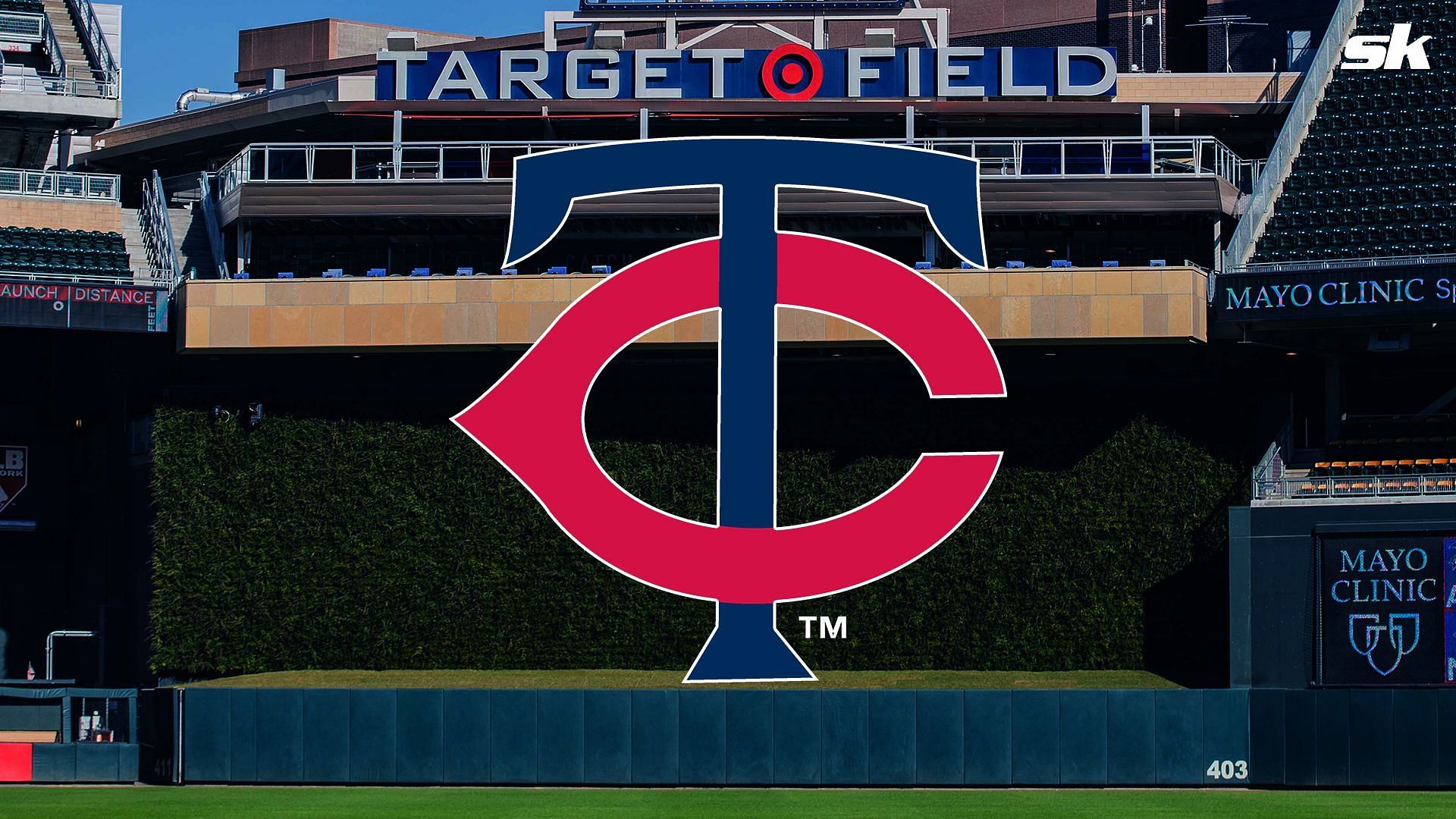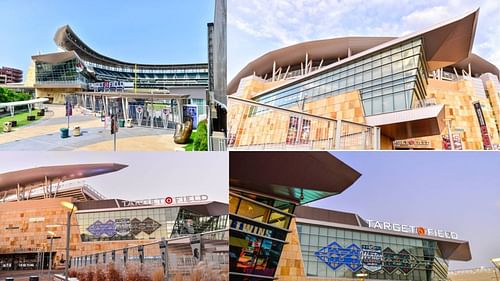
Inside Minnesota Twins' $231,000,000 Target Field stadium, featuring MLB's smallest footprint with an expansive aerial charm
Minnesota Twins' home, Target Field, has witnessed some of the most iconic moments of club history since April 2010.
Before moving there, the Twins played at the Hubert H. Humphrey Metrodome in Minneapolis (from 1983–2009) and Metropolitan Stadium in Bloomington, MN (from 1961–1982). The Twins shared the stadium with the NFL's Minnesota Vikings before Target Field was constructed.
According to Forbes, Target Field, which has a seating capacity of 38,544, is valued at $231 million. It has the smallest footprint among all MLB stadiums, spanning only 8.5 acres.
However, when viewed from the top, it spans 10.5 acres, sa some of it extends to the nearby road lanes. The main scoreboard is 57 feet tall and 101 feet wide, making it the fourth largest among all ballparks in majors.
Graff’s Turf Farms, Inc. in Fort Morgan, Colorado, shipped the live turf through 19 refrigerated trucks and had it installed within 24 hours at Target Field. Moreover, it's heated to about 40 degrees during the winter to maintain its condition.
Target Field has 54 suites, starting at $90,000-$200,000 per year. It has almost 18,500 infield seats. To help fans deal with [ppr weather, the upper deck is partially covered by a big canopy and contains heated concourses, toilets, concessions and restaurants.
The Legend's Club has climate-controlled lounges with padded seats, full-service bars, large-screen TVs, fireplaces and upscale food options to give fans the best game-day experience.
History behind Target Field and Minnesota Twins

The idea behind a new ballpark for the Twins was led by owner Carl Pohlad, then-president Jerry Bell and financial adviser Bob Starkey in 1994, as the Hubert H. Humphrey Metrodome didn't have a good revenue stream keeping future needs in mind.
Beginning in 1997, there was public opposition against the idea, and as a consequence, the organization threatened to leave or eliminate the team. By 2002, the organization had directed its focus to finance and develop the new ballpark.
Target Field's construction expenses were estimated to be $425 million. Hennepin County provided around $350 million (including infrastructure costs). The Twins contributed around $185 million. Target Corporation paid an undisclosed price for name rights for a 25-year period.
The Minnesota Twins played their first game at Target Field on Apr. 12, 2010, against the Boston Red Sox, winning 5-2.